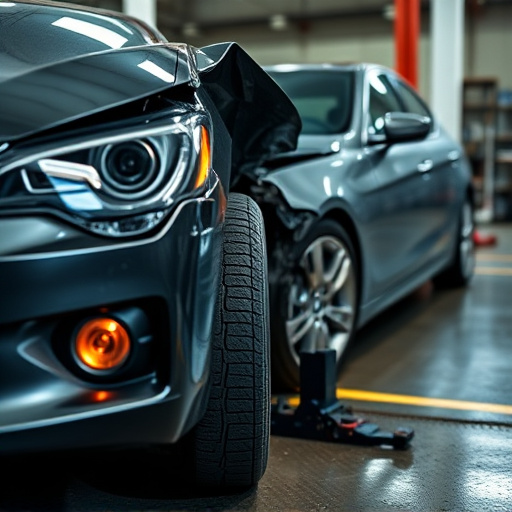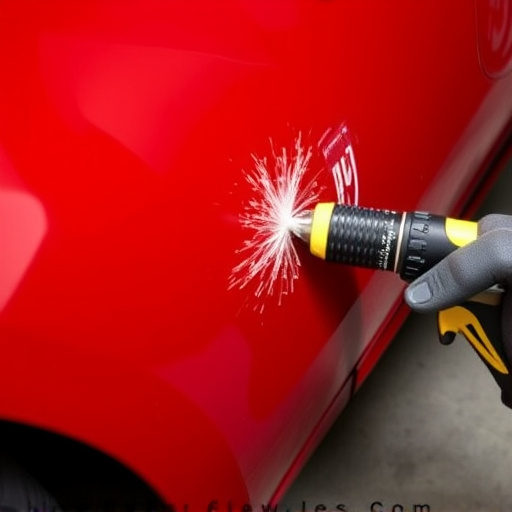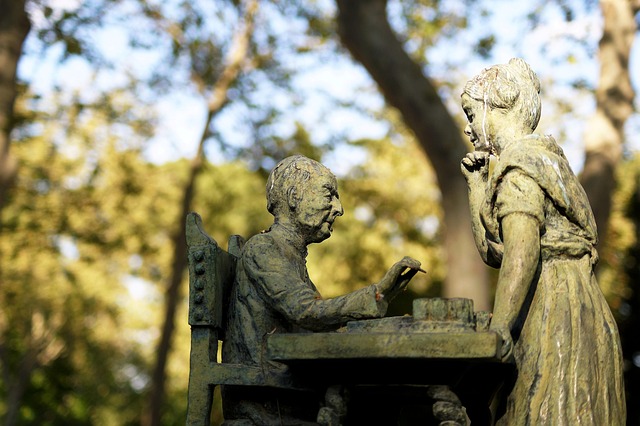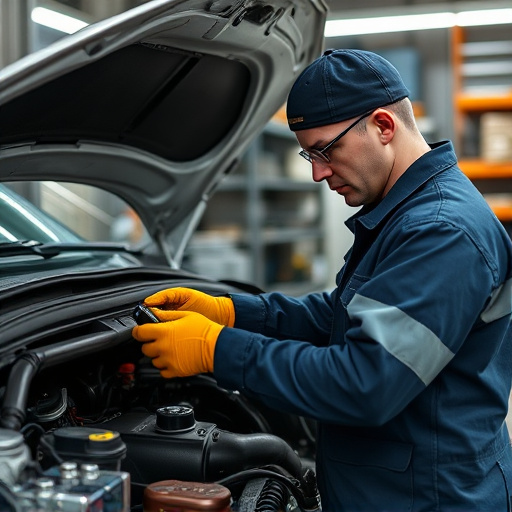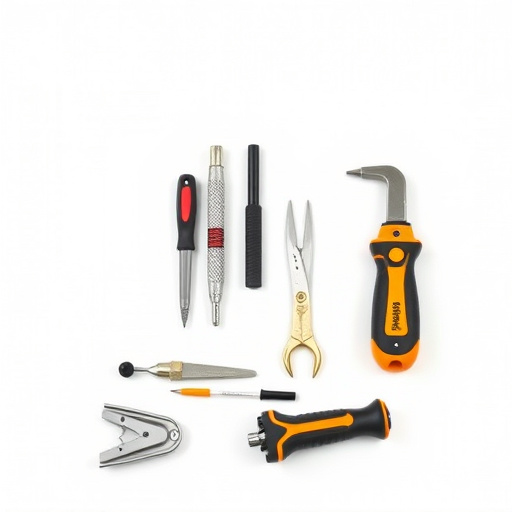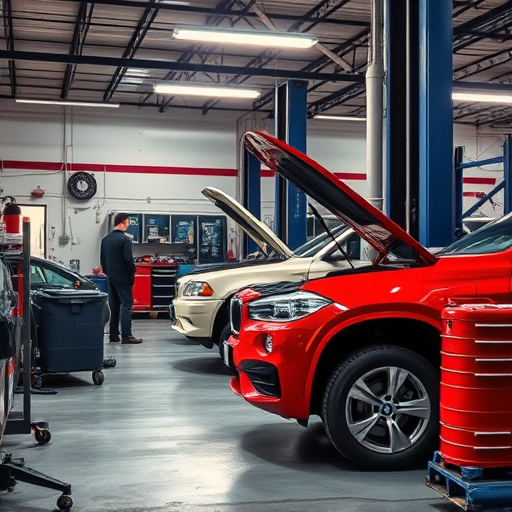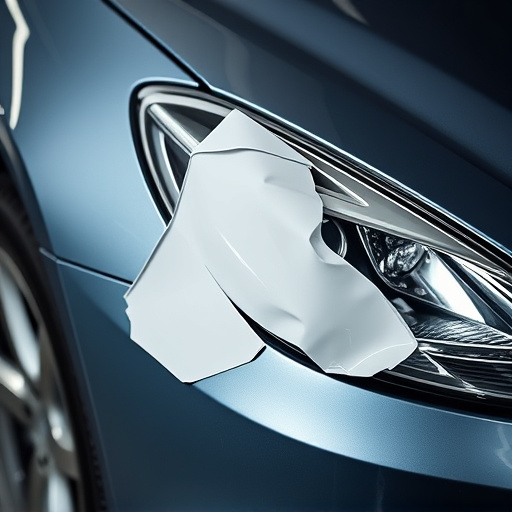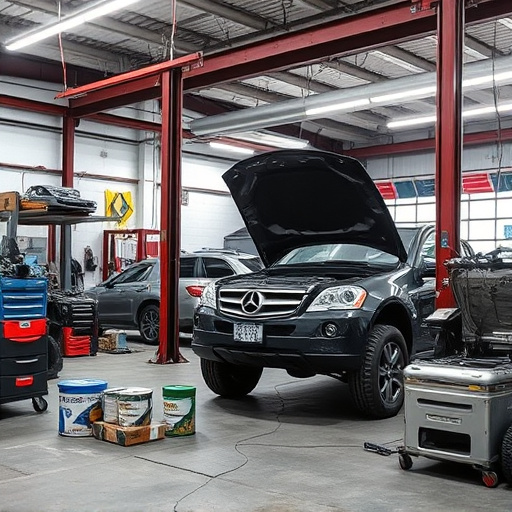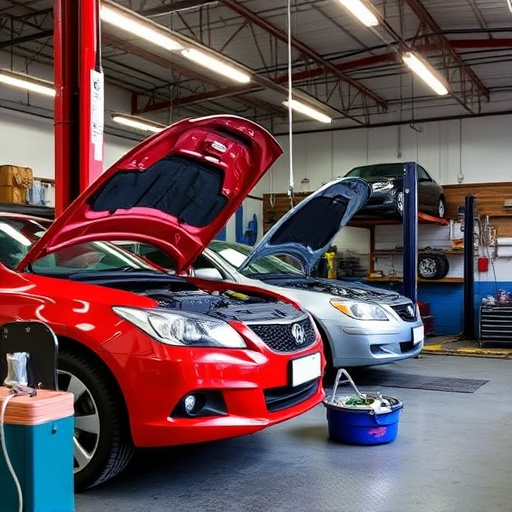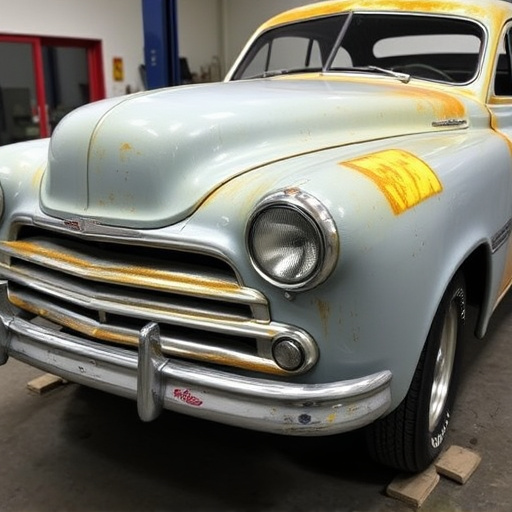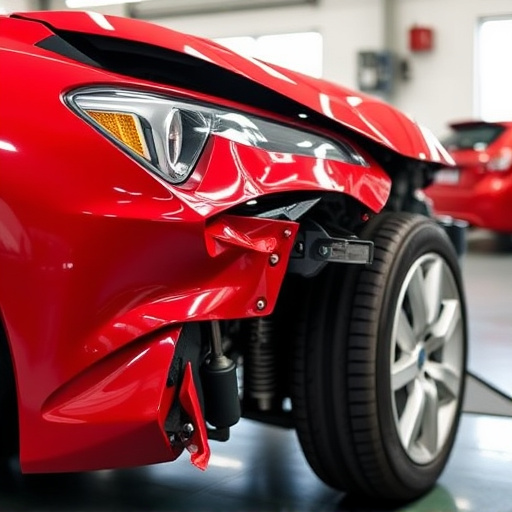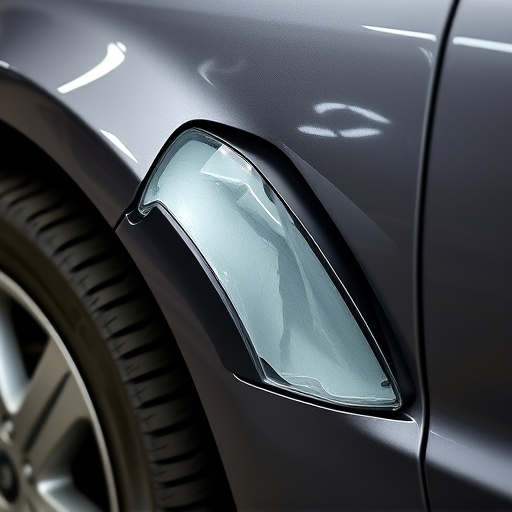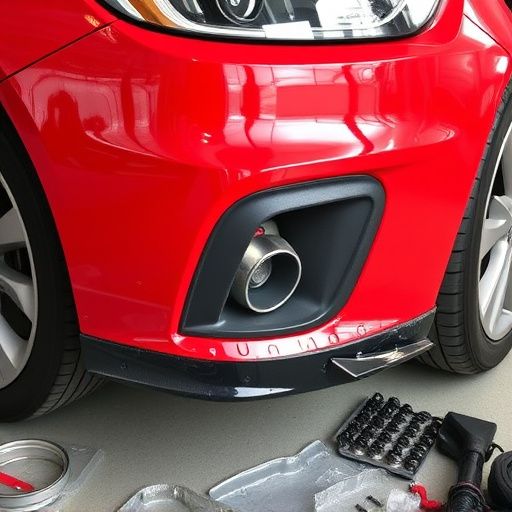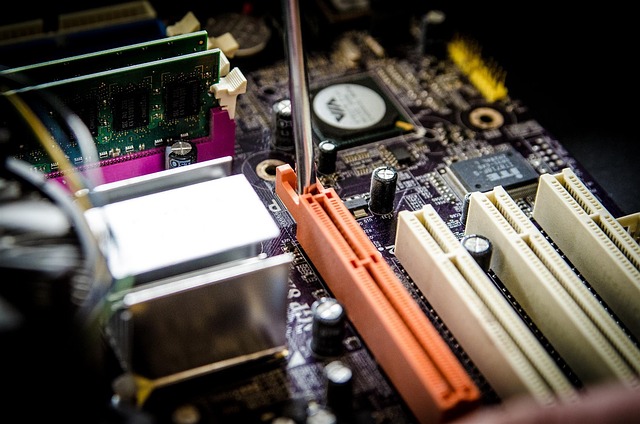Post-crash, beyond visible damage, assess hidden structural issues like damaged axles through unusual noises, misaligned steering, or uneven tire wear. Prioritize axle repair for safety and vehicle longevity; even minor accidents can cause hidden damage. Use advanced diagnostic tools for thorough checks, visually inspect for damage, misalignment, and bearing wear, then perform functional tests. Engage professional car bodywork services specializing in axle repair after accidents for optimal restoration of safety and performance.
After a crash, prioritizing your vehicle’s safety is paramount. One critical component often overlooked is the axle system. This article guides you through understanding when and how to schedule an axle inspection post-crash. We’ll show you how to assess damage, determine repair priorities, and conduct a comprehensive checkup to ensure your vehicle’s stability and safety on the road. Learn about the essential steps for effective axle repair after an accident.
- Assessing Damage After a Crash for Axle Inspection
- When to Prioritize Axle Repair Post-Accident
- Steps to Conduct a Comprehensive Axle Checkup
Assessing Damage After a Crash for Axle Inspection
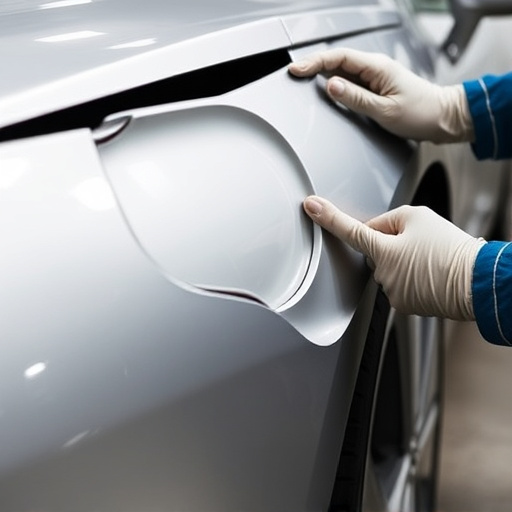
After a crash, assessing damage to your vehicle is crucial before deciding on necessary repairs, including axle repair after an accident. While initial visual inspections might reveal apparent issues like cracked or bent fenders and car scratches, deeper problems could lie beneath the surface. The impact from a collision can cause significant strain on the vehicle’s frame and suspension systems, potentially damaging the axles and related components without obvious signs of wear or tear.
Therefore, it’s essential to engage in a thorough evaluation post-crash, considering not just cosmetic repairs like fender repair and car scratch repair but also structural integrity checks. Look for unusual noises, misalignment in steering, or uneven tire wear—all indicators that could point towards compromised axles. Such assessments enable informed decisions on whether to proceed with simple fixes or schedule an axle inspection with a professional automotive repair service.
When to Prioritize Axle Repair Post-Accident
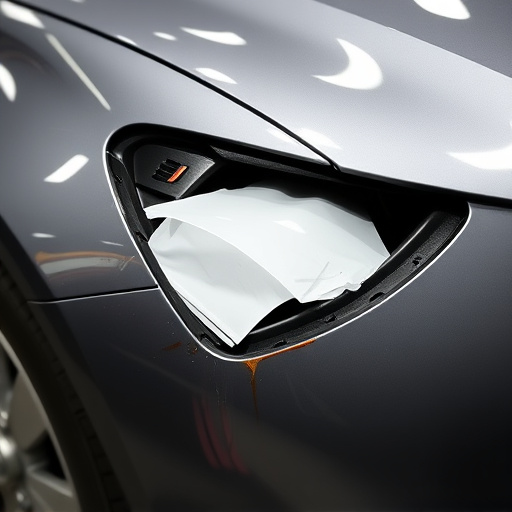
After a crash, prioritizing axle repair is paramount for both safety and vehicle longevity. While initial assessments should focus on more critical injuries or damage, once the immediate crisis has passed, paying close attention to the state of your vehicle’s axles becomes crucial. Even seemingly minor accidents can cause hidden damage, leading to serious issues if left unattended—a point often overlooked in the chaos following a collision.
Given the complex nature of modern vehicles, it’s not always evident upon initial inspection whether there’s subtle damage to axles and their components. This is where professional automotive body work and fleet repair services prove invaluable. Expert mechanics employ advanced diagnostic tools to uncover potential problems, ensuring every part—from suspension systems to wheel bearings—is thoroughly checked. Regular maintenance and timely repairs, especially after a crash, are key to preserving the integrity of your vehicle’s structure and performance, ultimately contributing to safer driving experiences and extending the life of your automotive investment through comprehensive care, including meticulous axle repair after an accident.
Steps to Conduct a Comprehensive Axle Checkup
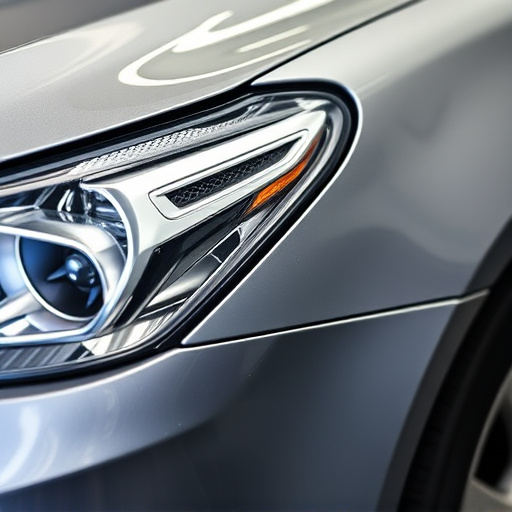
After a crash, conducting a comprehensive axle checkup is crucial for ensuring safe and reliable operation. Start by thoroughly inspecting the axles visually for any signs of damage or misalignment. Check for cracks, dents, or deformations in the axle housing, as well as wear and tear on the bearings and bushings. Using appropriate tools, measure the wheel alignment and compare it to the manufacturer’s specifications. If there are deviations, adjustments may be necessary.
Next, perform a functional test by rolling the vehicle and observing any unusual noises or vibrations. Lift the vehicle using a jack and carefully inspect the axles for lubrication levels in the bearing areas. Check for leaks from seals and replace them if needed. For more detailed assessments, consider engaging professional car bodywork services that offer specialized axle repair after an accident, ensuring your vehicle’s safety and performance are optimally restored, similar to how vehicle body repair and car body restoration experts handle comprehensive car bodywork services.
After a crash, scheduling an axle inspection is crucial for ensuring safe and reliable vehicle operation. By prioritizing axle repair post-accident, you not only protect yourself but also other road users. Remember, a comprehensive axle checkup can reveal potential issues, enabling timely repairs that prevent further damage and enhance your overall driving experience. In terms of axle repair after accident, staying proactive is key to maintaining vehicle safety and performance.
